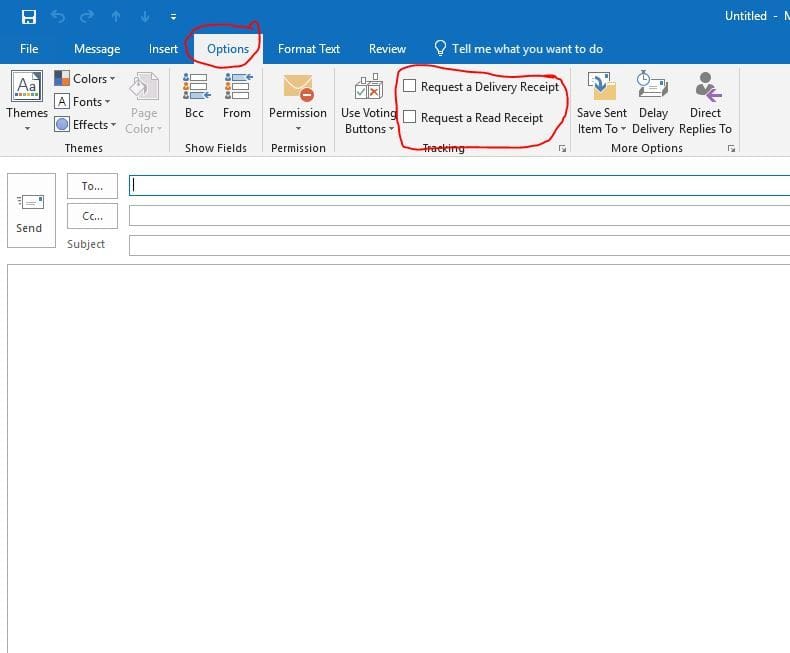

Most of the email clients listed below use hidden tracking pixels that load as images inside emails to tell whether or not someone opens the email. However, many third-party email clients do support receiving notifications when somebody reads (or at least opens) your sent email. Apple Mail itself doesn't even offer an email tracking feature. Read receipts are popular on instant messaging services like Apple Messages (for iMessage), but they also work in some email clients, just not in the same way. It's actually easy to implement, and you may be using an email client on your device right now that supports email tracking. RFC 3798, May 2004.You may not always want to, but there will probably be a time when you'll want to know if an email you send - like a job application or a support request - is opened by the recipient. Message Disposition Notification (MDN) profile for Internet Message Access Protocol (IMAP). An Extensible Message Format for Delivery Status Notifications. The Multipart/Report Content Type for the Reporting of Mail System Administrative Messages.

Simple Mail Transfer Protocol (SMTP) Service Extension for Delivery Status Notifications (DSNs). Web bug (which are frequently used in spamming as a way of determining which spam recipients open (and presumably read) before deleting it).Document automation in supply chain management & logistics.The first time a user opens an email message containing this field in the header, the client will typically prompt the user whether to send a return receipt. The format and usage of MDNs are specified in RFC 3798.Ī description of how multiple Mail User Agents (MUAs) should handle the generation of MDNs in an Internet Message Access Protocol (IMAP4) environment is provided in RFC 3503.Ī non-standard but widely used way to request return receipts is with the "Return-Receipt-To:" (RRT) field in the e-mail header, with the email return address specified.
Read receipt imail free#
recipients are free to ignore such requests. However, for privacy reasons, and also for backward compatibility, requests for MDNs are entirely advisory in nature - i.e. MDNs provide a notification of the "disposition" of a message - indicating, for example, whether it is read by a recipient, discarded before being read, etc. The DSN SMTP extension, message format, and associated delivery status codes are specified in RFCs 3461 through 34. However, for various reasons, it is possible for a message to be delivered, and a DSN is returned to the sender indicating successful delivery, but the message subsequently fails to be seen by the recipient or even made available to them.

Issuance of a DSN upon delivery failure is the default behavior, whereas issuance of a DSN upon successful delivery requires a specific request from the sender.

Specifically, the DSN SMTP service is used to request indications of successful delivery or delivery failure (in the DSN format) be returned. DSN is both a service that may optionally be provided by Message Transfer Agents (MTAs) using the Simple Mail Transfer Protocol (SMTP), or a message format used to return indications of message delivery to the sender of the message.


 0 kommentar(er)
0 kommentar(er)
